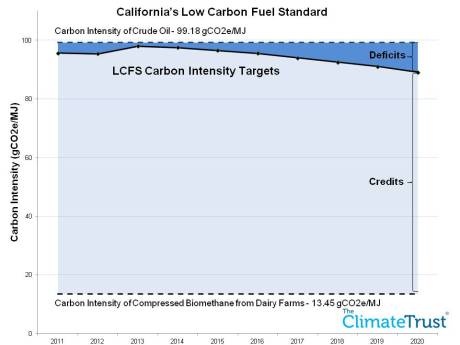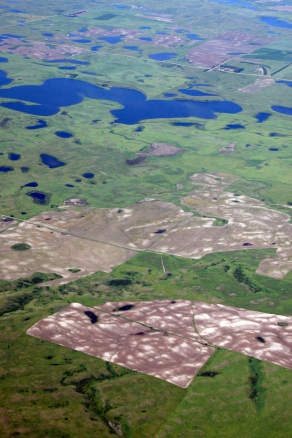I wrote the article below titled Incentivizing Investment in Climate Change Infrastructure for Triple Pundit.
However you frame the environmental challenges ahead of us, the need for investment in new infrastructure is staggering. Credit Suisse, World Wildlife Fund and McKinsey estimate that “to meet the need for conservation funding, investable cash flows from conservation projects need to be at least 20-30 times greater than they are today. “ The World Economic Forum reports $5.7 trillion will need to be invested annually by 2020 to build the infrastructure needed to mitigate catastrophic climate change. Much of this investment is additional—meaning it faces new risks and, without intervention, it will not otherwise occur.
Given this context, it’s essential for the public sector to use its limited dollars in a way that mitigates risks and attracts private capital to needed infrastructure investments.





